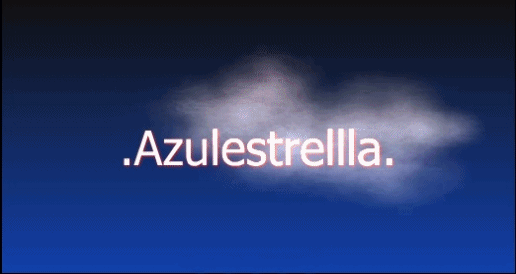How to Safely Watch the Oct. 23 Partial Solar Eclipse. This is the last eclipse of 2014:
During the late afternoon of Oct. 23, 2014, a partial solar eclipse will be visible from much of North America before sundown. Partial eclipses occur when the moon blocks part of the sun from view.
Areas and timetables where the partial eclipse will be seen, at North America, Canada and Mexico :
Throughout history, total eclipses, in which the entire sun is blocked from view, have offered scientists the chance to see the faint light of the sun's atmosphere called the corona, without its being overwhelmed by the sun itself.
Total eclipses provide views of that atmosphere, which we otherwise can only get with specialized telescopes – both in space and on the ground, that block out the bright light of the sun.
Map where the eclipse will be seen.
As a partial eclipse, the Oct. 23 eclipse is of less scientific interest, but it still makes for a great view! On Oct. 23, 2014, a partial solar eclipse will be visible from much of North America before sundown.
During the late afternoon of Oct. 23, 2014, a partial solar eclipse will be visible from much of North America before sundown. However, it is never safe to look at the sun with the naked eye.
A list of local times for the USA can be found at http://1.usa.gov/ZOh540
and for Canada and Mexico at http://1.usa.gov/ZOh7sG
Information thanks to:Karen C. Fox
NASA's Goddard Space Flight Center, Greenbelt, Md.
NASA's Goddard Space Flight Center, Greenbelt, Md.
Close encounter of the planet Mars and Comet Siding Spring captured by the Wide Field Camera of the Hubble Space Telescope, taken on October 19, 2014 and received on Earth on October 20, 2014:
Imagen de Hubble / NASA.
Partial Solar Eclipse captured by John Gauvreau from Ontario, Canada the day October 23, 2014:
Fort DeSoto Park 2014/10/23 - Partial Solar Eclipse:
Image via Spaceweather.com
Fort DeSoto Park 2014/10/23 - Partial Solar Eclipse:
Image by Dennis Adair on Flickr.

.png)














No hay comentarios:
Publicar un comentario